Home>Furniture & Design>Bathroom Accessories>How To Disinfect Toothbrush After Covid?
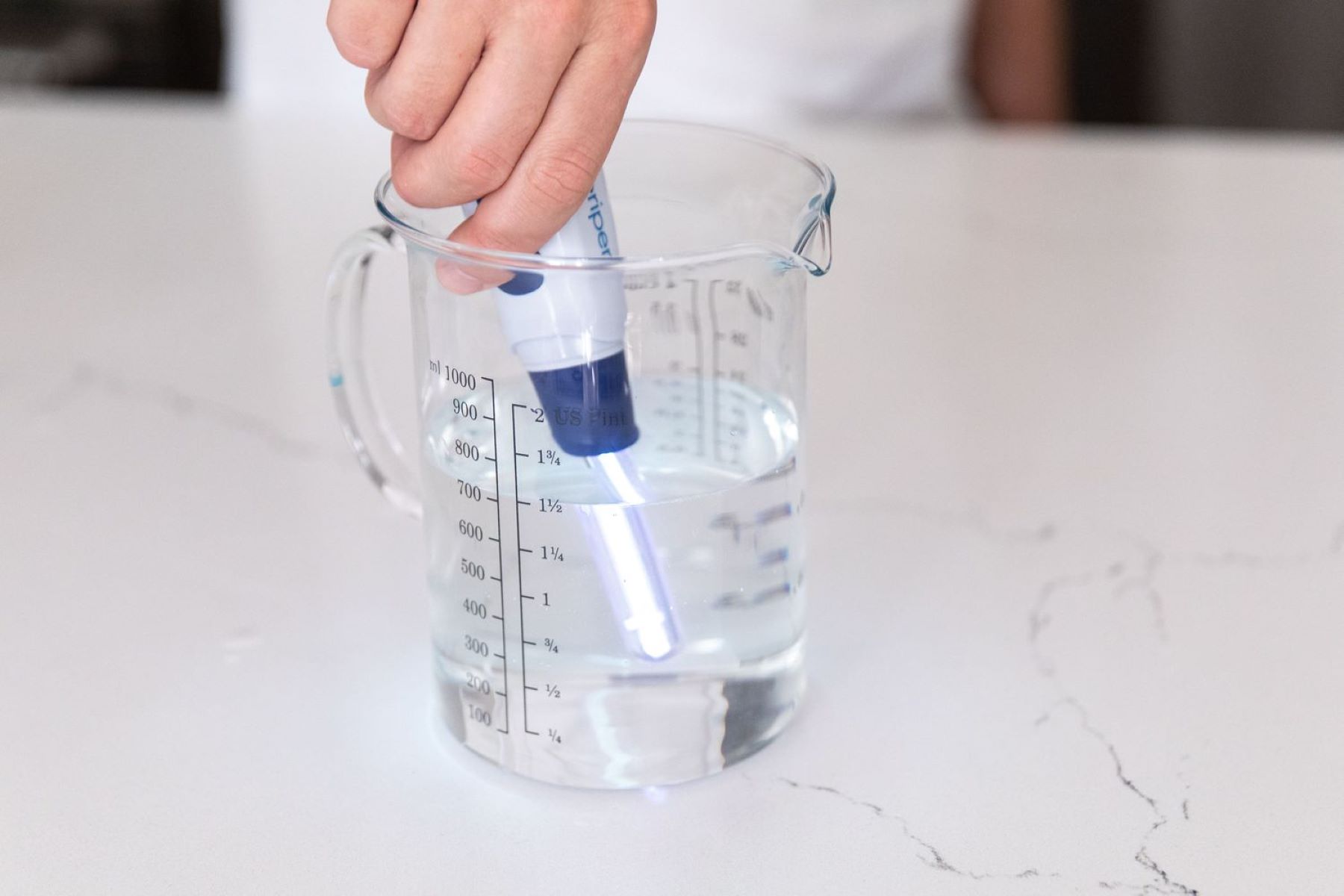

Bathroom Accessories
How To Disinfect Toothbrush After Covid?
Modified: February 26, 2024
Learn how to properly disinfect your toothbrush after Covid to maintain a hygienic bathroom. Explore effective methods for cleaning bathroom accessories.
(Many of the links in this article redirect to a specific reviewed product. Your purchase of these products through affiliate links helps to generate commission for Storables.com, at no extra cost. Learn more)
Introduction
In the wake of the COVID-19 pandemic, maintaining proper hygiene has become more crucial than ever. While we diligently clean our hands, frequently touched surfaces, and personal belongings, one item that often gets overlooked is the toothbrush. Our toothbrushes are essential tools for maintaining oral health, but they can also harbor harmful bacteria, viruses, and other pathogens if not properly disinfected.
The need to disinfect toothbrushes has gained heightened attention due to the potential risk of exposure to viruses, including COVID-19. It's essential to understand that toothbrushes can harbor not only oral bacteria but also environmental contaminants. When we brush our teeth, our toothbrushes come into contact with saliva, food particles, and even airborne particles, making them susceptible to contamination.
Given the potential risks associated with an unclean toothbrush, it's imperative to adopt effective disinfection methods to ensure the safety of our oral hygiene routine. By incorporating proper disinfection practices, we can minimize the risk of exposure to harmful pathogens and maintain a healthy oral care regimen.
In the following sections, we will delve into the various methods for disinfecting toothbrushes, including the use of UV sanitizers, mouthwash or hydrogen peroxide, boiling the toothbrush, and utilizing a dishwasher. Each method offers unique benefits and considerations, providing individuals with options to suit their preferences and lifestyle.
As we navigate through the methods for disinfecting toothbrushes, it's important to recognize the significance of integrating these practices into our daily routines. By prioritizing the cleanliness and disinfection of our toothbrushes, we can contribute to a safer and healthier environment for ourselves and those around us. Let's explore the diverse approaches to disinfecting toothbrushes and empower ourselves with the knowledge to uphold optimal oral hygiene standards.
Key Takeaways:
- Keep your toothbrush clean to stay healthy. Use UV sanitizers, mouthwash, boiling, or a dishwasher to disinfect it. Prioritize oral hygiene for a safer living environment.
- Disinfecting your toothbrush is easy and important. Try UV sanitizers, mouthwash, boiling, or a dishwasher. Choose the method that suits your lifestyle for a healthier smile.
Read more: How To Disinfect A Mattress After Covid
Understanding the importance of disinfecting toothbrushes
Maintaining a clean and hygienic toothbrush is paramount for safeguarding our overall health and well-being. The oral cavity serves as a gateway to our body, and any potential contaminants present on a toothbrush can pose a risk of oral infections and illnesses. Understanding the significance of disinfecting toothbrushes is essential for promoting a healthy oral care routine and minimizing the potential transmission of harmful pathogens.
When we brush our teeth, our toothbrushes come into direct contact with various oral contaminants, including bacteria, viruses, and food particles. Additionally, environmental factors such as airborne particles and dust can also settle on the bristles of the toothbrush. Without proper disinfection, these contaminants can proliferate and compromise the effectiveness of our oral hygiene practices.
The presence of harmful microorganisms on toothbrushes can lead to oral health issues such as gum disease, cavities, and bad breath. Moreover, in the context of the COVID-19 pandemic, the need to disinfect toothbrushes has become even more critical. Research has indicated that the SARS-CoV-2 virus, which causes COVID-19, can potentially survive on surfaces for extended periods, making it essential to mitigate the risk of contamination on commonly used items like toothbrushes.
By implementing regular disinfection of toothbrushes, individuals can reduce the likelihood of oral infections and minimize the spread of harmful pathogens. This proactive approach not only contributes to maintaining oral health but also aligns with broader efforts to uphold personal hygiene and mitigate the transmission of illnesses.
Furthermore, for individuals with compromised immune systems or underlying health conditions, the importance of disinfecting toothbrushes is amplified. These individuals are more susceptible to infections, and ensuring the cleanliness of their toothbrushes is an integral aspect of their overall health management.
In essence, understanding the importance of disinfecting toothbrushes underscores the fundamental role of oral hygiene in preserving our health. By recognizing the potential risks associated with unclean toothbrushes and embracing proactive disinfection measures, we can fortify our oral care practices and contribute to a healthier living environment for ourselves and those around us.
Methods for disinfecting toothbrushes
When it comes to maintaining oral hygiene, the cleanliness of our toothbrushes is paramount. Fortunately, there are several effective methods for disinfecting toothbrushes, each offering unique benefits and considerations. By incorporating these methods into our oral care routine, we can ensure the safety and effectiveness of our toothbrushes in promoting optimal oral health.
Using UV Sanitizers
UV sanitizers are innovative devices designed to eliminate bacteria, viruses, and other pathogens from toothbrushes using ultraviolet light. These compact and user-friendly devices offer a convenient and efficient way to disinfect toothbrushes. By exposing the toothbrush to UV light for a specified duration, UV sanitizers can effectively neutralize harmful microorganisms, providing peace of mind regarding oral hygiene.
Using Mouthwash or Hydrogen Peroxide
Another method for disinfecting toothbrushes involves utilizing mouthwash or hydrogen peroxide. After brushing, rinsing the toothbrush bristles with an antibacterial mouthwash or hydrogen peroxide can help reduce the microbial load. These antimicrobial agents can target and eliminate a wide range of bacteria, contributing to the overall cleanliness of the toothbrush.
Read more: How To Disinfect Toothbrush After Strep
Boiling the Toothbrush
Boiling the toothbrush in water is a traditional yet effective method for disinfection. By immersing the toothbrush in boiling water for a few minutes, the heat can effectively kill bacteria and viruses. This straightforward approach offers a simple and accessible means of disinfecting toothbrushes, making it a practical option for individuals seeking a cost-effective and reliable method.
Using a Dishwasher
For individuals seeking a hands-free approach to toothbrush disinfection, utilizing a dishwasher can be a viable option. Placing the toothbrush in the dishwasher along with other utensils and running a cleaning cycle can effectively sanitize the toothbrush. This method offers convenience and efficiency, particularly for individuals with busy lifestyles.
By incorporating these methods into our oral care routine, we can proactively safeguard our oral health and minimize the risk of exposure to harmful pathogens. Each method presents unique advantages, allowing individuals to choose the approach that aligns with their preferences and lifestyle. Ultimately, the implementation of effective toothbrush disinfection methods contributes to a comprehensive approach to oral hygiene, promoting overall well-being and peace of mind.
Using UV sanitizers
UV sanitizers have emerged as a cutting-edge solution for disinfecting toothbrushes, offering a convenient and efficient method to eliminate harmful microorganisms. These compact devices utilize ultraviolet light to target and neutralize bacteria, viruses, and other pathogens that may reside on toothbrush bristles.
The process of using UV sanitizers is remarkably straightforward. After brushing, the toothbrush is placed inside the UV sanitizer, where it is exposed to ultraviolet light for a predetermined duration. This exposure effectively disrupts the DNA of microorganisms, rendering them unable to replicate and causing their eventual demise. As a result, the toothbrush undergoes a thorough and reliable disinfection process, ensuring that it is free from potentially harmful contaminants.
One of the key advantages of UV sanitizers is their efficiency. In a matter of minutes, these devices can effectively sanitize toothbrushes, providing a quick and hassle-free solution for maintaining oral hygiene. Additionally, UV sanitizers are designed to accommodate various types of toothbrushes, making them suitable for individuals with diverse oral care preferences.
Furthermore, UV sanitizers offer a non-invasive and chemical-free approach to disinfection. Unlike some traditional methods that may involve the use of chemical agents or boiling water, UV sanitizers rely on the power of ultraviolet light to achieve sterilization. This aspect makes them particularly appealing to individuals who prefer natural and environmentally friendly disinfection methods.
In addition to their efficacy and ease of use, UV sanitizers contribute to peace of mind regarding oral hygiene. By incorporating these devices into daily oral care routines, individuals can confidently rely on the thorough disinfection provided by UV light, thereby reducing the potential risk of oral infections and illnesses.
Overall, the utilization of UV sanitizers presents a modern and effective approach to disinfecting toothbrushes. With their efficiency, versatility, and non-invasive nature, UV sanitizers offer a compelling solution for individuals seeking a reliable and convenient method to uphold optimal oral hygiene standards.
Using mouthwash or hydrogen peroxide
Utilizing mouthwash or hydrogen peroxide presents a simple yet effective method for disinfecting toothbrushes, offering a convenient approach to reducing microbial contamination. After brushing, rinsing the toothbrush bristles with an antibacterial mouthwash or hydrogen peroxide can significantly contribute to maintaining oral hygiene.
Mouthwash, specifically those containing antibacterial properties, can serve as a potent agent for combating oral bacteria that may accumulate on toothbrush bristles. The antimicrobial properties of mouthwash can effectively target and neutralize a wide range of bacteria, providing a comprehensive approach to disinfection. By thoroughly rinsing the toothbrush with mouthwash after each use, individuals can mitigate the potential risk of bacterial proliferation and maintain a cleaner oral care tool.
Similarly, hydrogen peroxide, known for its antiseptic properties, can be utilized to disinfect toothbrushes. By immersing the toothbrush bristles in hydrogen peroxide for a brief period, the solution can effectively eliminate bacteria and viruses, contributing to the overall cleanliness of the toothbrush. This straightforward method offers a natural and accessible approach to disinfection, making it suitable for individuals seeking a cost-effective and reliable solution.
One of the notable advantages of using mouthwash or hydrogen peroxide for toothbrush disinfection is the ease of implementation. These readily available products can be seamlessly incorporated into daily oral care routines, requiring minimal effort while offering significant benefits in terms of maintaining oral hygiene. Additionally, the use of mouthwash or hydrogen peroxide provides a non-invasive and chemical-free approach to disinfection, aligning with preferences for natural and environmentally friendly oral care practices.
Furthermore, the regular use of mouthwash or hydrogen peroxide for toothbrush disinfection can contribute to promoting a healthier oral environment. By reducing the presence of harmful microorganisms on toothbrushes, individuals can minimize the risk of oral infections and illnesses, thereby supporting overall oral health and well-being.
In essence, the utilization of mouthwash or hydrogen peroxide offers a practical and accessible method for disinfecting toothbrushes. By integrating these antibacterial agents into daily oral care routines, individuals can proactively safeguard their oral hygiene and contribute to a cleaner and healthier oral care regimen.
Boiling the toothbrush
Boiling the toothbrush in water is a traditional yet highly effective method for disinfecting it. This simple yet powerful approach harnesses the sterilizing properties of heat to eliminate bacteria, viruses, and other pathogens that may be present on the toothbrush bristles.
The process of boiling the toothbrush involves immersing it in boiling water for a few minutes, allowing the heat to effectively neutralize any potential contaminants. The high temperature of the boiling water serves as a potent disinfectant, capable of destroying a wide range of microorganisms that may compromise the cleanliness of the toothbrush.
One of the key advantages of boiling the toothbrush is its accessibility and ease of implementation. This method requires minimal resources and can be effortlessly integrated into daily oral care routines. By simply immersing the toothbrush in boiling water for a brief period, individuals can ensure thorough disinfection, promoting a cleaner and safer oral care tool.
Furthermore, boiling the toothbrush offers a natural and chemical-free approach to disinfection. Unlike some methods that may involve the use of chemical agents, boiling the toothbrush relies solely on the power of heat to achieve sterilization. This aspect makes it particularly appealing to individuals who prefer non-invasive and environmentally friendly disinfection methods.
Additionally, the simplicity and effectiveness of boiling the toothbrush make it a practical option for individuals seeking a reliable and cost-effective method for maintaining oral hygiene. By leveraging the sterilizing properties of boiling water, individuals can confidently eliminate potential contaminants from their toothbrushes, contributing to a healthier oral care regimen.
In essence, boiling the toothbrush stands as a time-honored yet potent method for disinfecting it. With its accessibility, natural approach, and efficacy in neutralizing harmful microorganisms, boiling the toothbrush offers a compelling solution for individuals seeking a straightforward and reliable approach to upholding optimal oral hygiene standards.
After Covid, disinfect your toothbrush by soaking it in a solution of 3% hydrogen peroxide or mouthwash for 10 minutes. Rinse thoroughly before using.
Using a dishwasher
Utilizing a dishwasher for disinfecting toothbrushes offers a convenient and hands-free approach to maintaining oral hygiene. This method leverages the cleaning and sanitizing capabilities of dishwashers to effectively eliminate bacteria, viruses, and other contaminants from toothbrushes, ensuring a thorough and reliable disinfection process.
The process of using a dishwasher to disinfect toothbrushes involves placing the toothbrush in the dishwasher along with other utensils and running a cleaning cycle. Dishwashers utilize hot water, detergent, and high-temperature drying to sanitize and clean items, making them well-suited for disinfecting toothbrushes. The combination of heat, water pressure, and detergent action works in tandem to remove debris and neutralize potentially harmful microorganisms present on the toothbrush bristles.
One of the key advantages of using a dishwasher for toothbrush disinfection is the convenience it offers. Individuals can seamlessly incorporate this method into their daily routine, allowing the dishwasher to efficiently sanitize the toothbrush while attending to other cleaning tasks. This hands-free approach minimizes the need for manual intervention, making it particularly appealing to individuals with busy lifestyles.
Furthermore, the high-temperature washing and drying cycles of dishwashers contribute to the effectiveness of toothbrush disinfection. The heat generated during the cleaning process serves as a potent sterilizing agent, capable of eliminating a wide range of microorganisms that may compromise the cleanliness of the toothbrush. Additionally, the use of detergent aids in removing debris and residues, further enhancing the overall cleanliness of the toothbrush.
In addition to its convenience and effectiveness, using a dishwasher for toothbrush disinfection aligns with efforts to promote a comprehensive approach to oral hygiene. By leveraging the sanitizing capabilities of dishwashers, individuals can confidently rely on the thorough disinfection provided by this method, contributing to a cleaner and healthier oral care regimen.
In essence, utilizing a dishwasher for disinfecting toothbrushes presents a practical and efficient method for maintaining oral hygiene. With its convenience, effectiveness, and hands-free operation, using a dishwasher offers a compelling solution for individuals seeking a reliable and hassle-free approach to upholding optimal oral hygiene standards.
Conclusion
In conclusion, the proper disinfection of toothbrushes is an essential aspect of maintaining optimal oral hygiene, particularly in the context of heightened awareness surrounding health and cleanliness in the wake of the COVID-19 pandemic. The methods for disinfecting toothbrushes, including the use of UV sanitizers, mouthwash or hydrogen peroxide, boiling the toothbrush, and utilizing a dishwasher, offer diverse and effective approaches to ensuring the cleanliness and safety of our oral care tools.
By understanding the importance of disinfecting toothbrushes, individuals can appreciate the significant role that these methods play in mitigating the potential risk of exposure to harmful pathogens. The oral cavity serves as a gateway to our overall health, and the presence of contaminants on toothbrushes can compromise our oral hygiene and contribute to the spread of illnesses. Therefore, integrating proper disinfection practices into our daily routines is crucial for promoting a cleaner and healthier oral care environment.
The use of UV sanitizers presents a modern and efficient approach to disinfecting toothbrushes, offering a convenient and non-invasive method that harnesses the power of ultraviolet light to neutralize harmful microorganisms. Similarly, the utilization of mouthwash or hydrogen peroxide provides a simple and accessible means of reducing microbial contamination on toothbrushes, contributing to the overall cleanliness of these essential oral care tools.
Furthermore, the traditional yet potent methods of boiling the toothbrush and using a dishwasher offer practical and reliable approaches to disinfection, leveraging the sterilizing properties of heat and the cleaning capabilities of dishwashers to ensure thorough sanitization.
By incorporating these methods into our oral care routines, we can proactively safeguard our oral health, minimize the risk of exposure to harmful pathogens, and contribute to a cleaner and safer living environment for ourselves and those around us. The diverse options for disinfecting toothbrushes cater to individual preferences and lifestyles, empowering individuals to choose the method that best aligns with their needs and priorities.
In essence, the comprehensive understanding and implementation of effective toothbrush disinfection methods serve as a cornerstone of a robust oral hygiene regimen. By prioritizing the cleanliness and disinfection of our toothbrushes, we can uphold optimal oral health standards and contribute to a healthier and more hygienic living environment.
Frequently Asked Questions about How To Disinfect Toothbrush After Covid?
Was this page helpful?
At Storables.com, we guarantee accurate and reliable information. Our content, validated by Expert Board Contributors, is crafted following stringent Editorial Policies. We're committed to providing you with well-researched, expert-backed insights for all your informational needs.
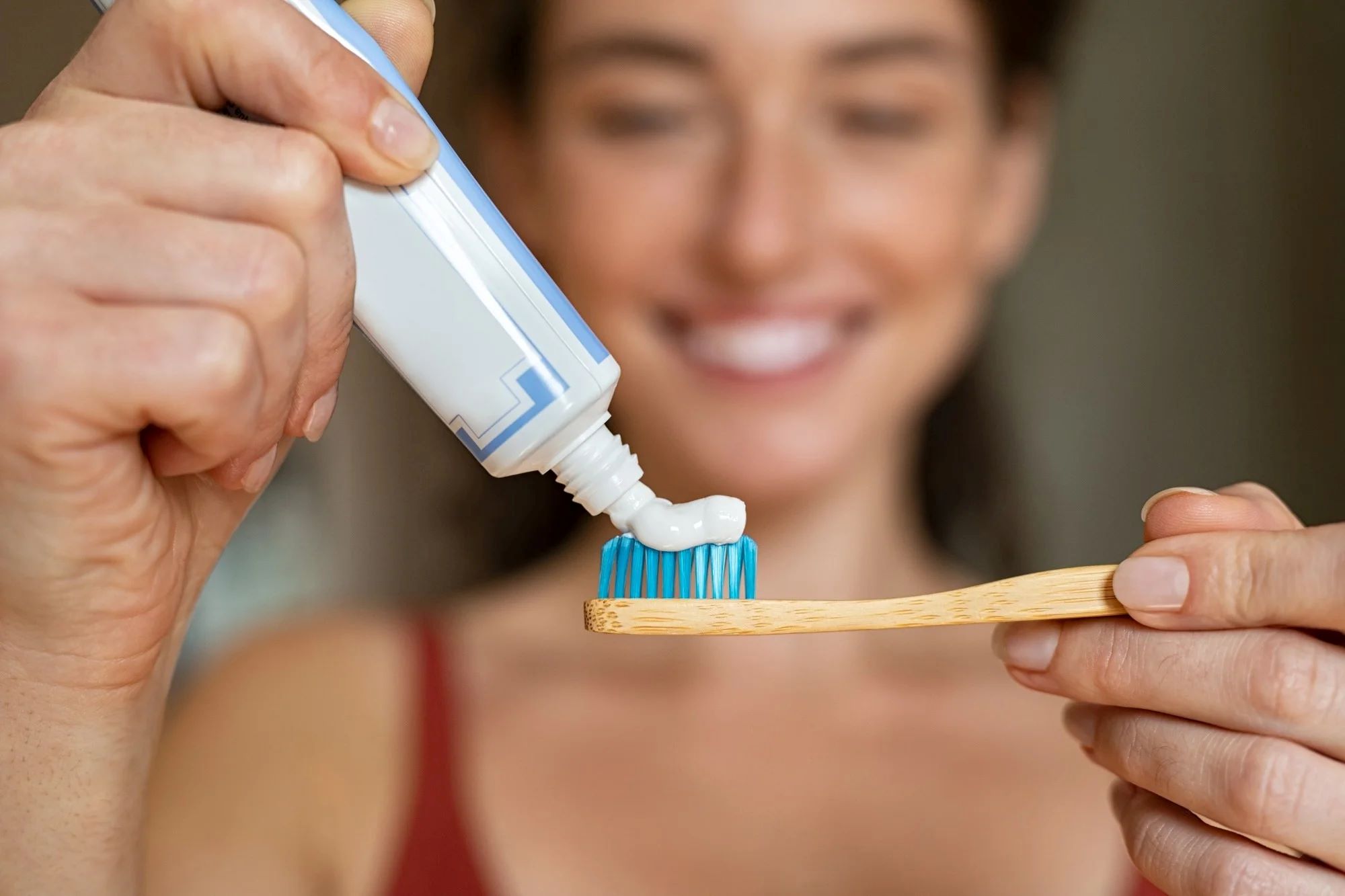
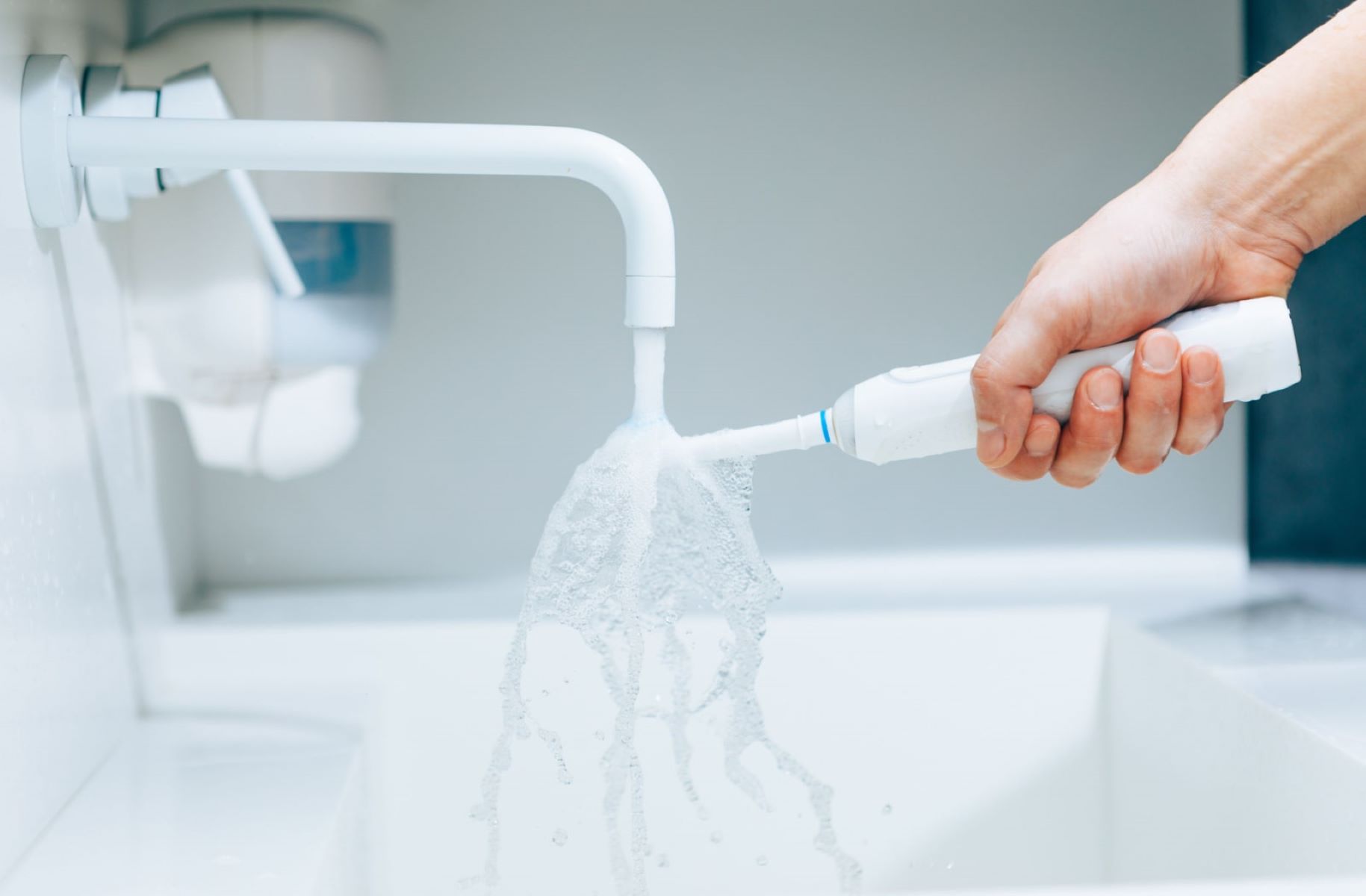
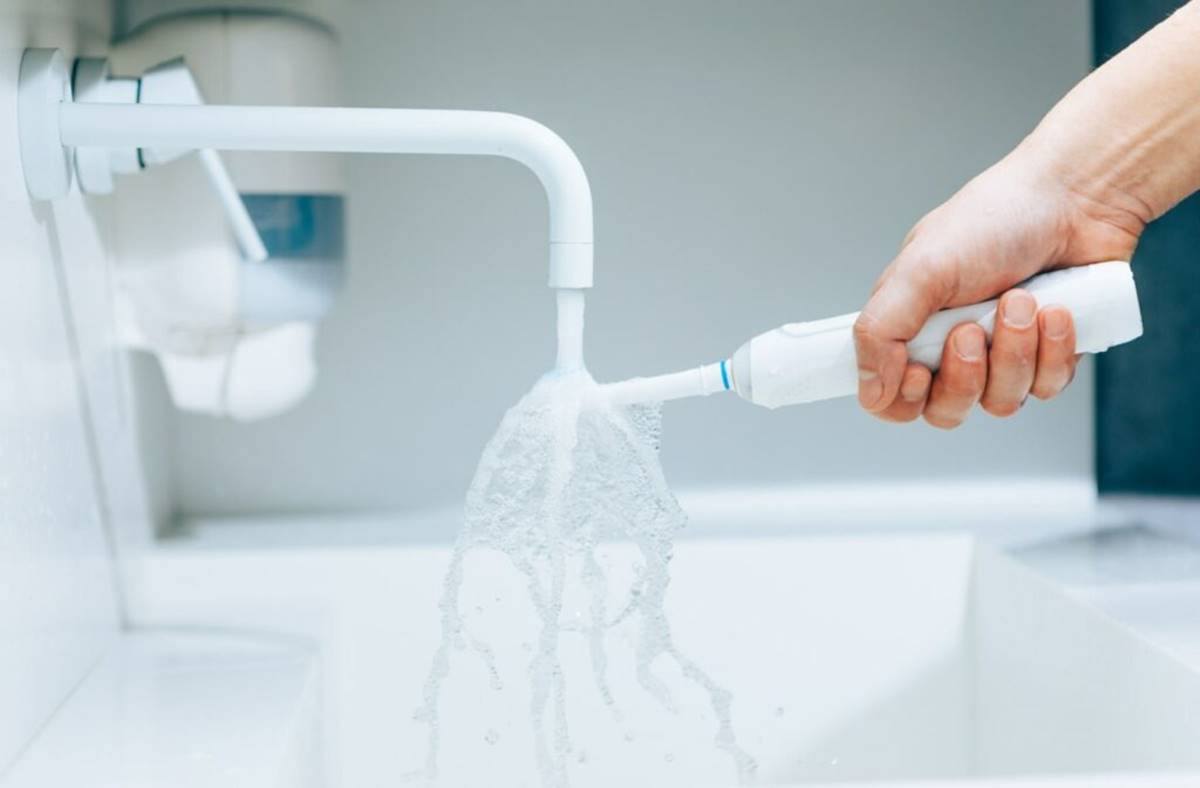
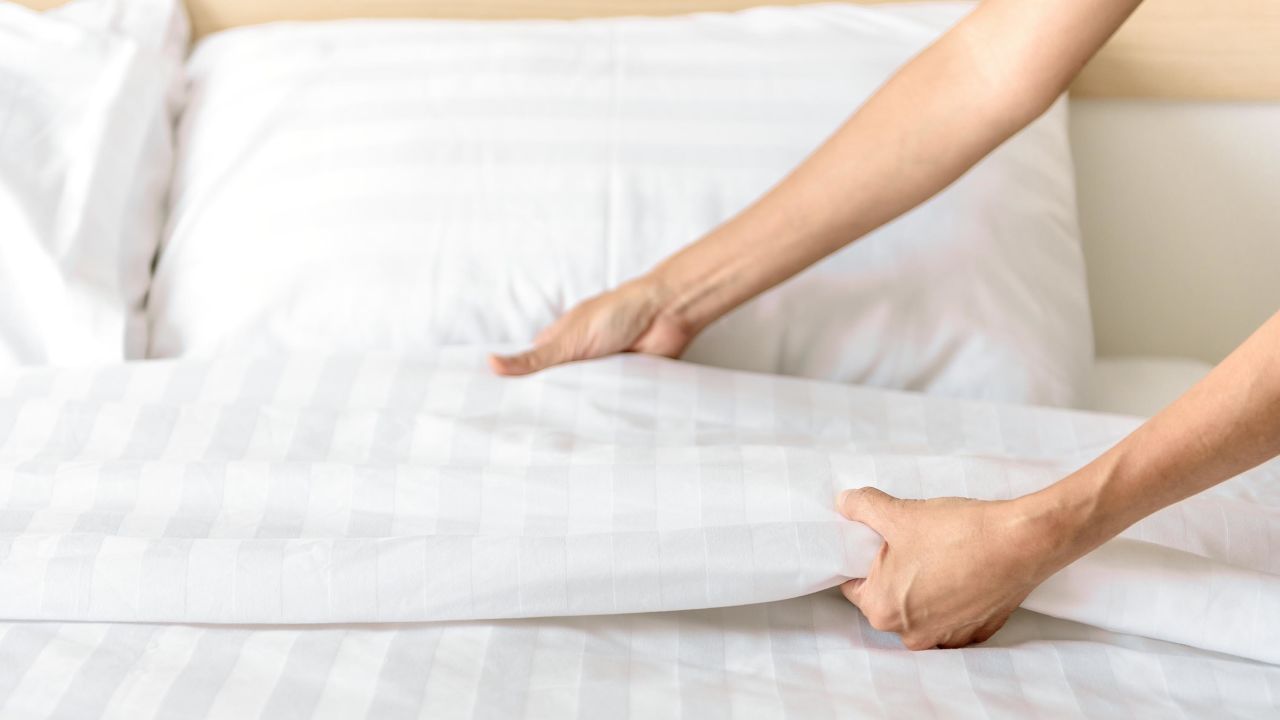
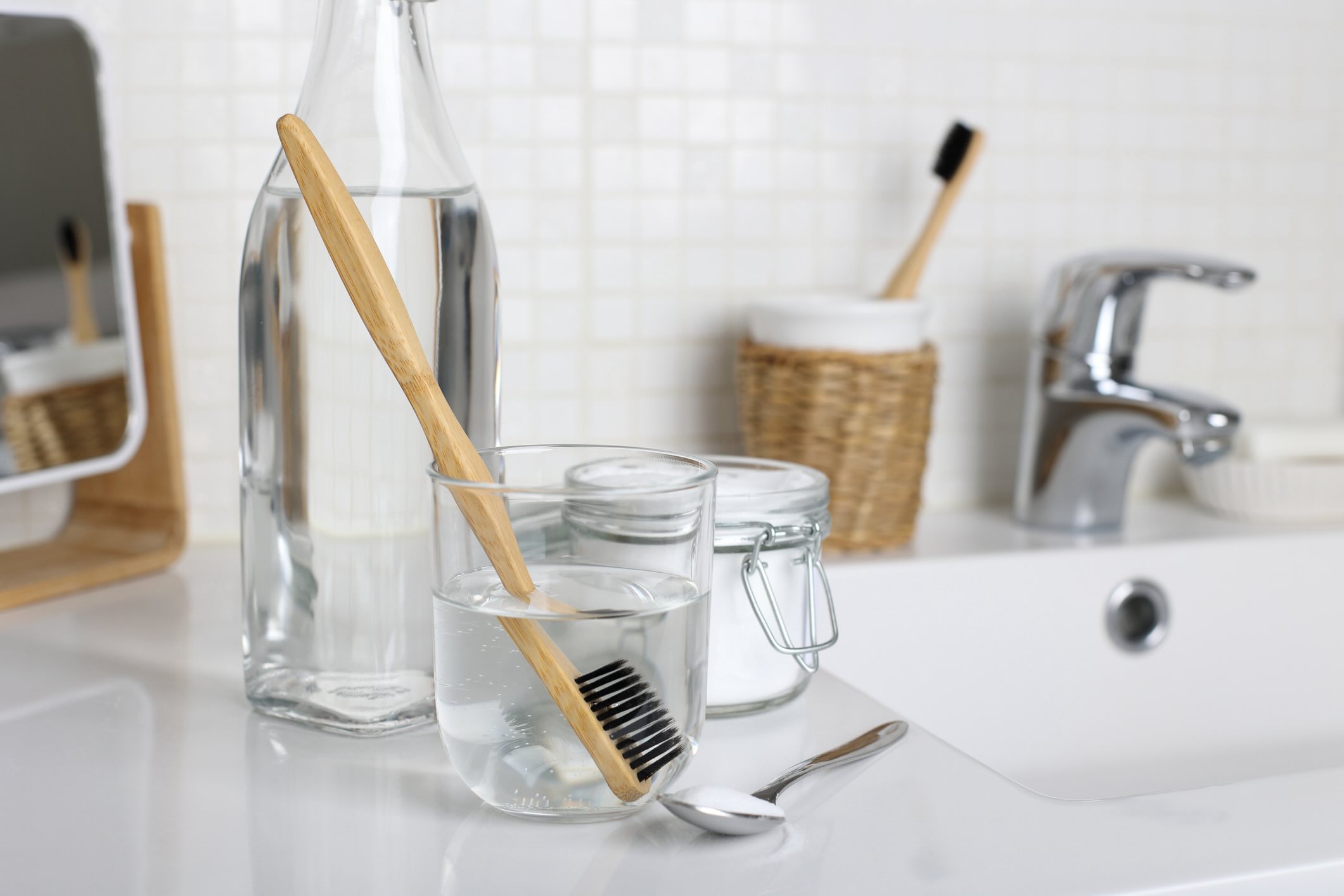
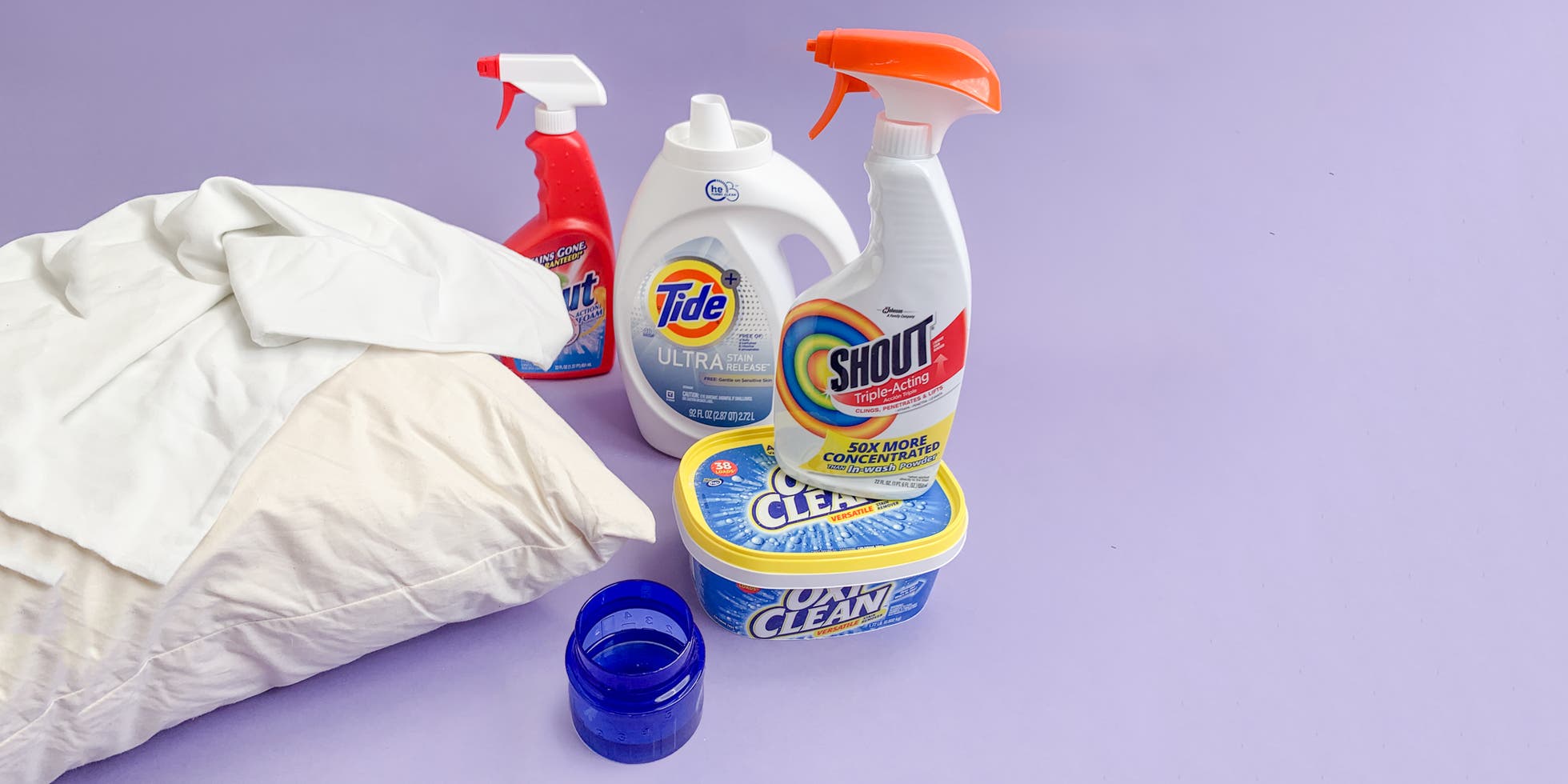
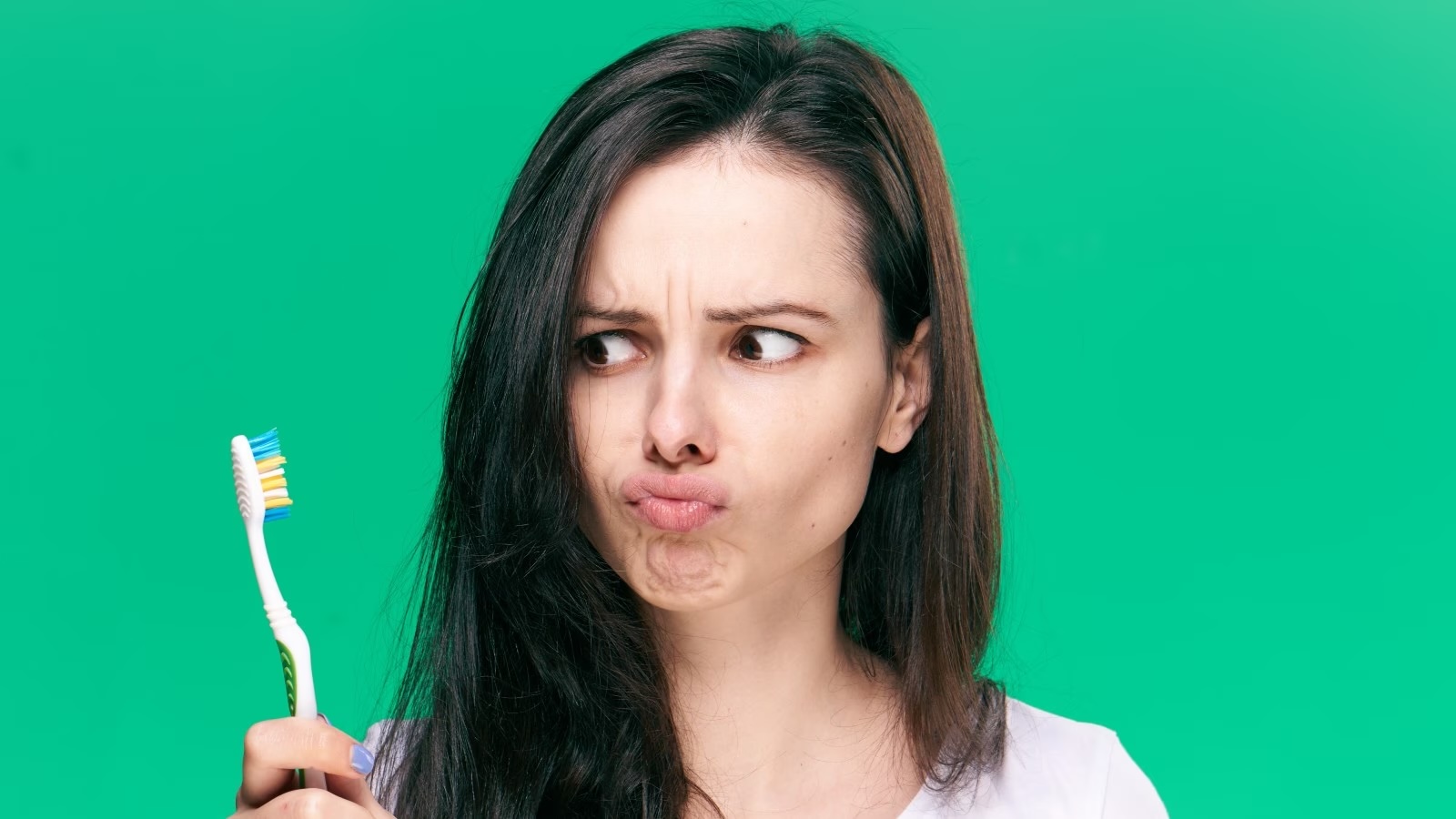

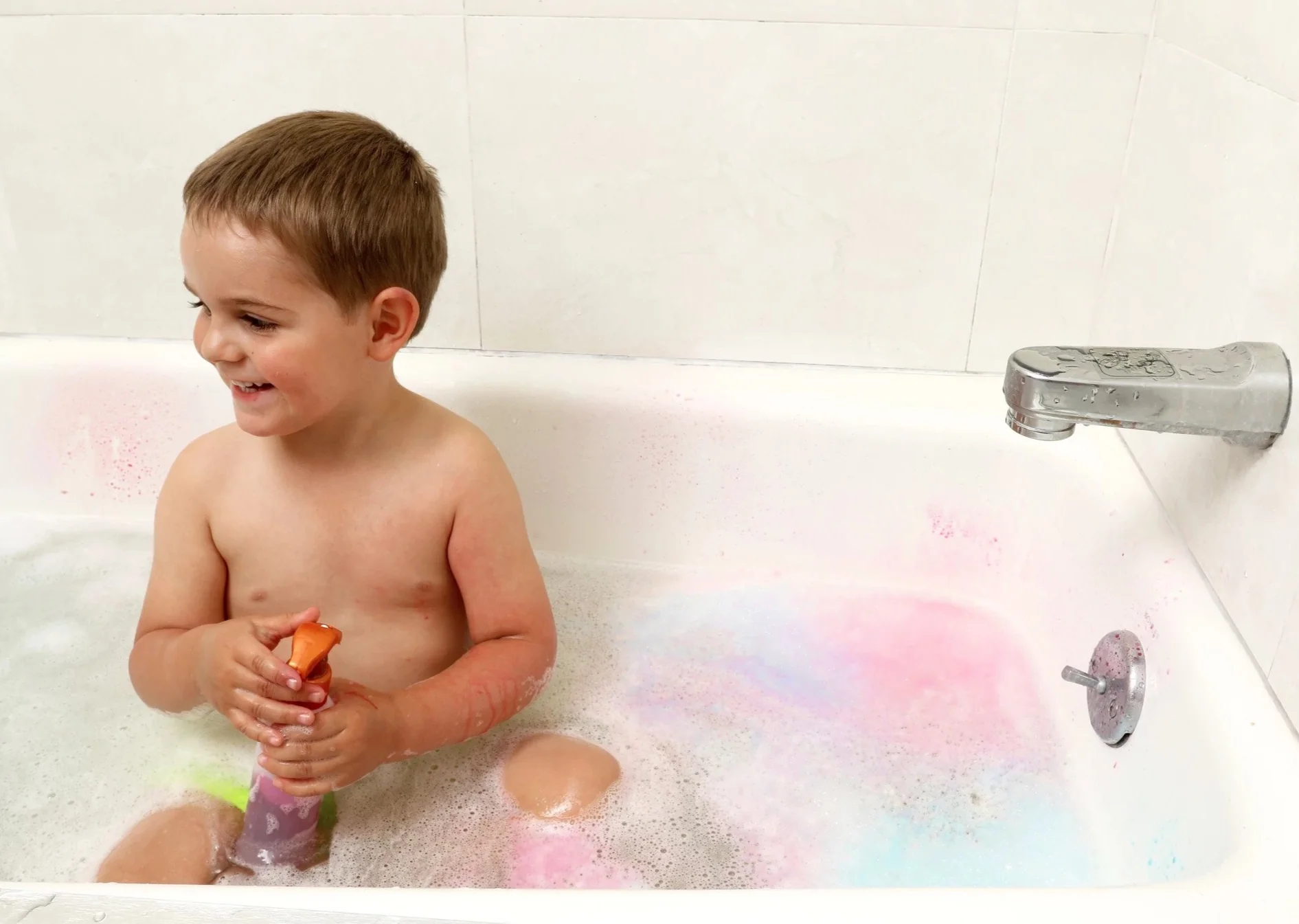

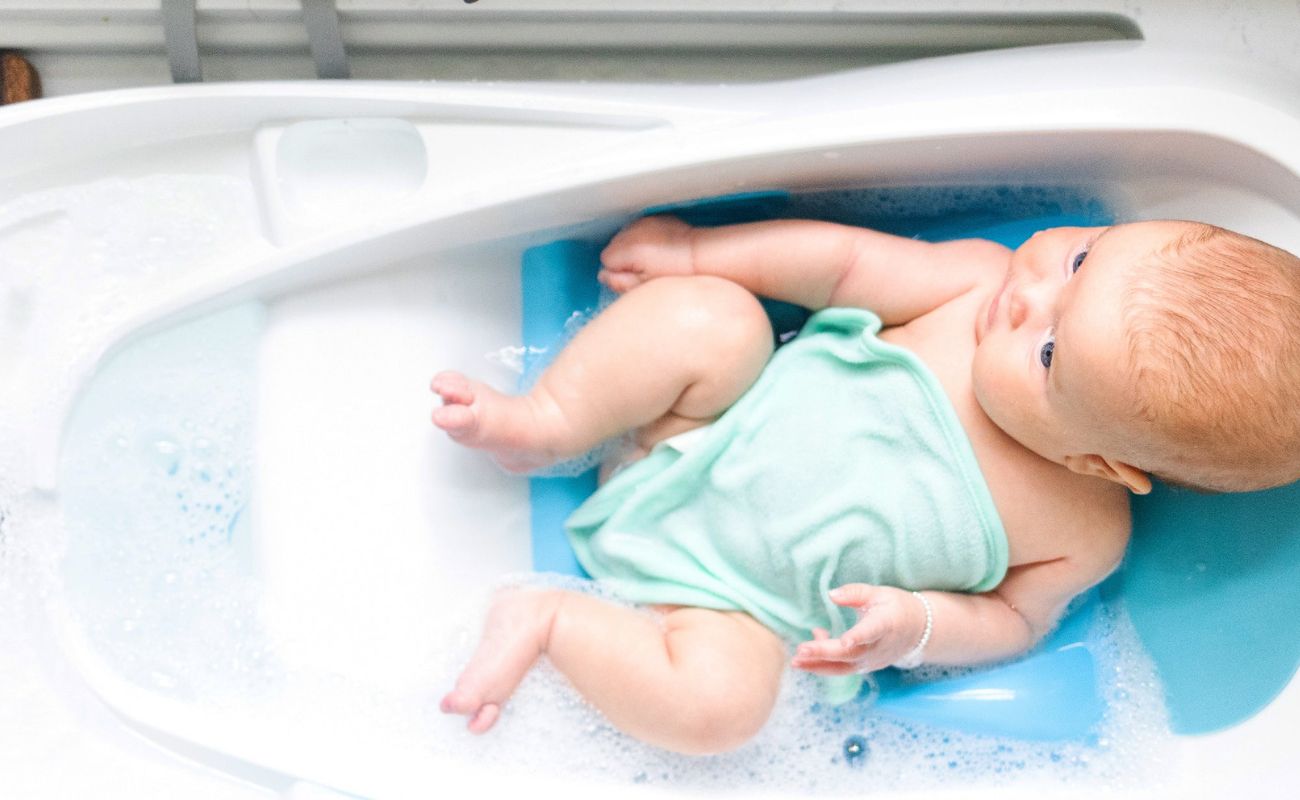
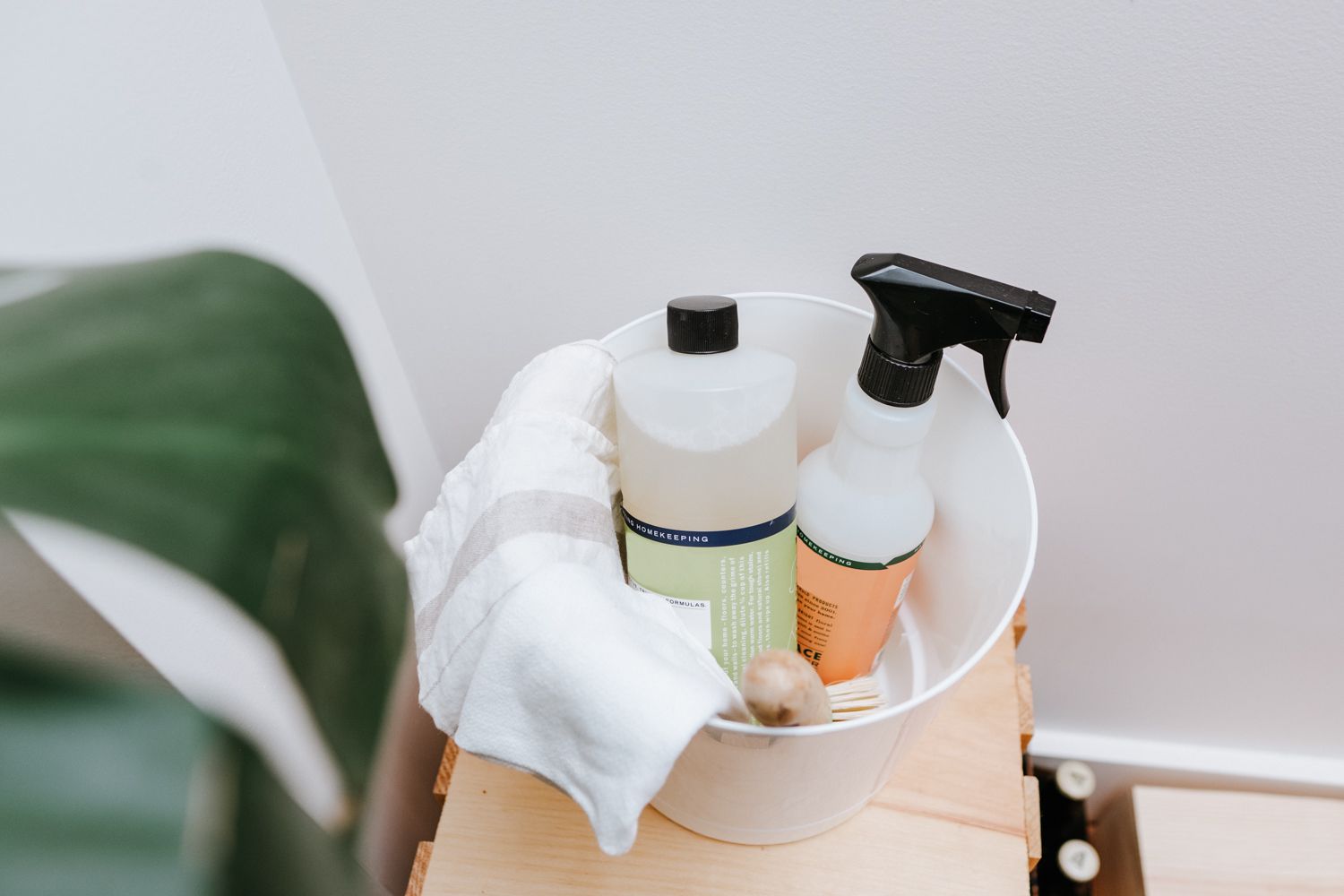
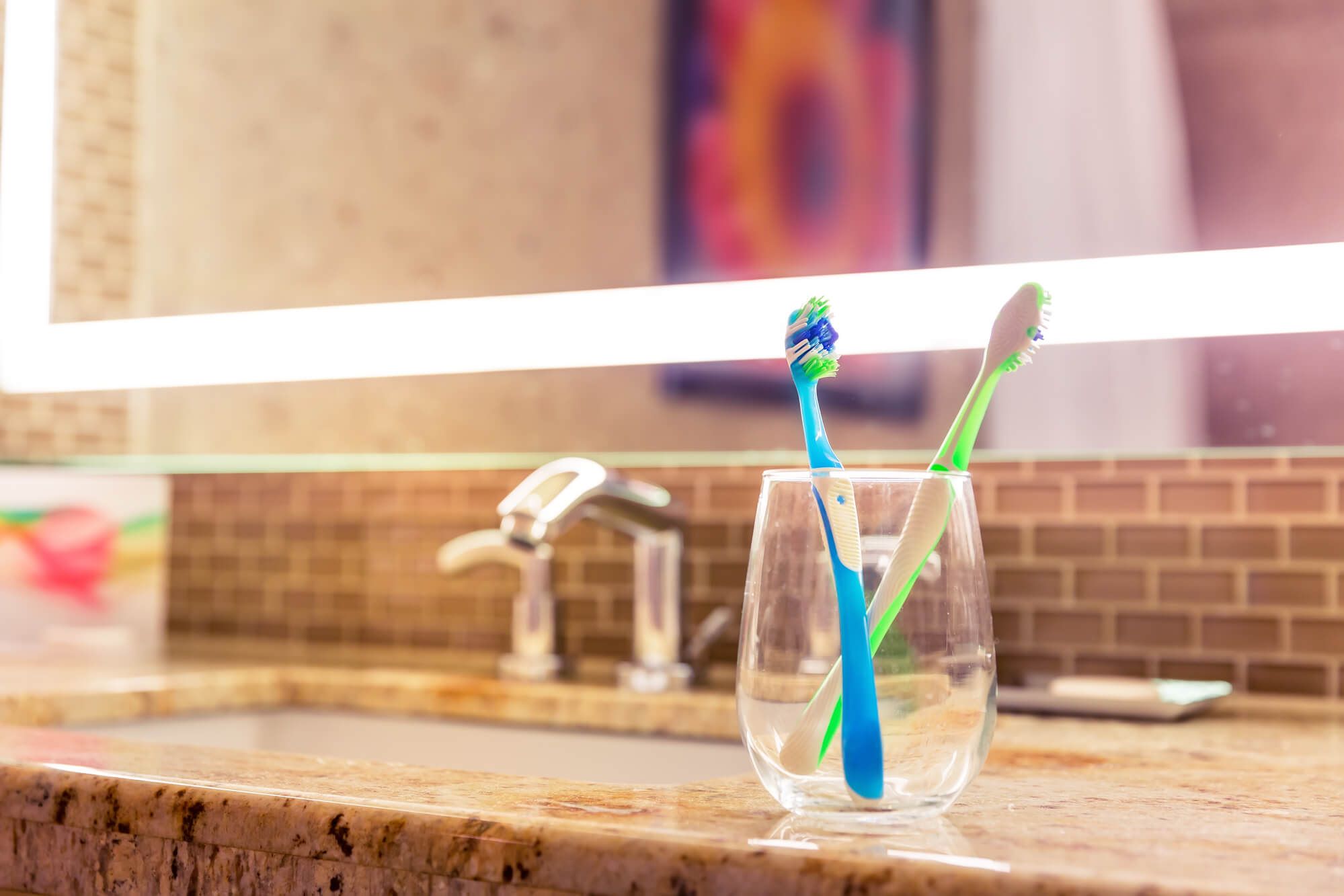

0 thoughts on “How To Disinfect Toothbrush After Covid?”